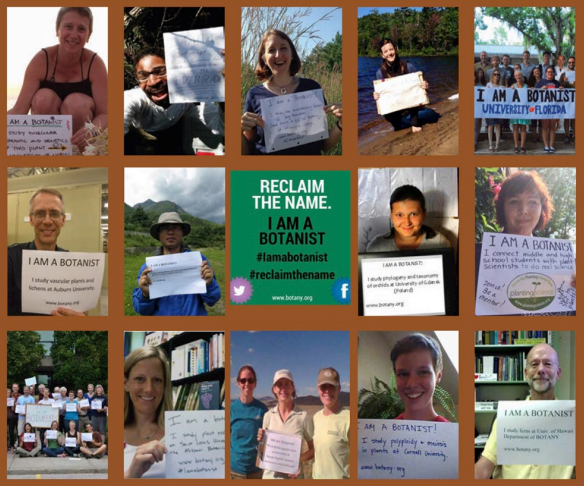MODERATOR:
Kimberly J. Retzlaff
Senior Managing Editor
American Water Works Association
Denver, Colorado
SPEAKERS:
Angela Cochran
Associate Publisher and Journals Director
American Society of Civil Engineers
Reston, Virginia
Ken Heideman
Director of Publications
American Meteorological Society
Boston, Massachusetts
Amy McPherson
Director of Publications and Managing Editor
Botanical Society of America
American Journal of Botany
St. Louis, Missouri
REPORTER:
Angela Cochran
This session offered a peek behind the curtain of the day-to-day challenges of non-medical journals in Scientific, Technical, and Medical (STM) publishing. Those of us who work in science and technology face some challenges that are different than those in the medical disciplines.
Ken Heideman of the American Meteorological Society spoke of the issues around open access (OA). He admitted that non-medical journals may be asking themselves: “Why are we being dragged into this?” This is a fair question. After all, OA came out of National Institutes of Health (NIH) policies and the desires of the biomedical field.
Angela Cochran from the American Society of Civil Engineers (ASCE) shared the same sentiments. The civil engineers largely believe that anyone who needs access to content has access to content. Members report a distrust of OA journals, in part because of the large amount of spam messages they receive from less than reputable OA journals.
Amy McPherson from the Botanical Society of America (BSA) said that her members like the idea of OA, but they do not understand why it costs so much (or why it is not free). The Society has kept author publication charges (APCs) low at its primary journal, the American Journal of Botany (a hybrid subscription journal, which discounts fees for BSA members), and its sister publication Applications in Plant Sciences (launched in 2014 as a completely OA journal). The members are sensitive to their colleagues who are not well funded and worry that charging too much for APCs is at odds with their mission to be inclusive of researchers all over the world.

AMS and the BSA have both launched OA journals that have proven successful. “AMS now sees OA as a good business model and a good thing,” said Heideman. Uptake of OA has been impressive with 18% of the new content publishing as OA through the Open Choice hybrid option.
ASCE also gives authors a choice of OA, but has only seen modest interest with 1.5% of papers publishing OA, reported Cochran. She said that civil engineers have been slower to adopt OA partly because of the large amount of emails they receive from questionable OA journals.
McPherson and Cochran also spoke of the advantages and disadvantages of having smaller communities. While medical communities can certainly splinter into niche groups, BSA enjoys smaller, more focused groups that respond well to grassroots marketing and engagement.
Despite civil engineering being a very large field, ASCE has nine Institutes that operate like mini-societies within the society. Cochran spoke about the challenges of these small communities overlapping with non-engineering groups, like the environmental engineers with chemists or the mechanical engineers with physics. These members get a taste of what other communities have adopted as their practices and it can present challenges for maintaining homogenized practices within ASCE.
Funding was also an important topic of discussion. McPherson spoke of the limitations of having members and authors who are not well funded. Initiatives and services that BSA could develop at a cost to the user can be difficult to get started.
Cochran sees challenges in increases in funding from outside the US. “It’s clear from the papers we receive from China that the Chinese government is funding [research and development] in infrastructure… at levels not happening in the US,” Cochran said. While the journals remain more closely tied to funding policies from the US, attention needs to be paid to China and increasingly the Middle East.
While there are many similarities across STM publishing disciplines, many of the best practices, guidelines, and access policies are being driven by the medical disciplines. These sometimes put non-medical organizations, which may have different needs, at a disadvantage. On the flip side, often problems can be worked out with the medical journals before the non-medical ones need to make changes.
At the end of the day, all of our journals are beholden to a community. “We are really trying to make it clear, what the added value is—what authors get for their money,” Heideman said.
